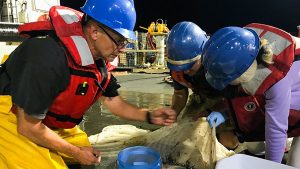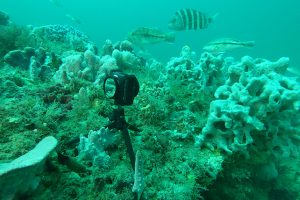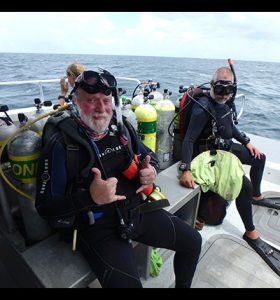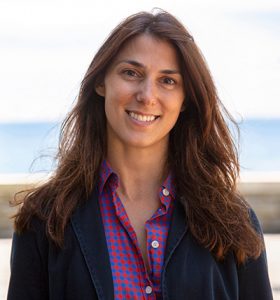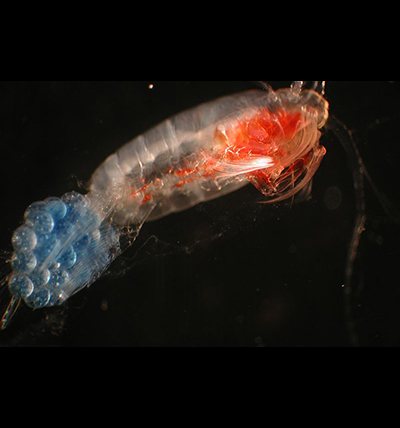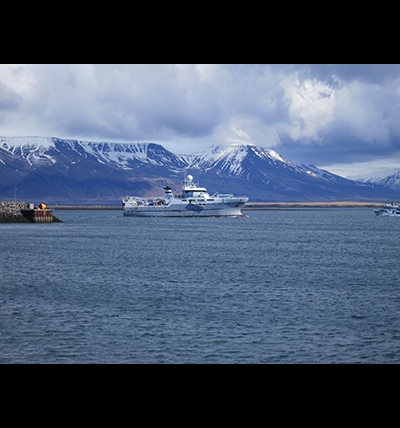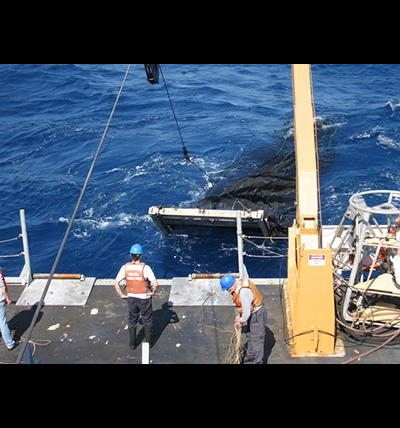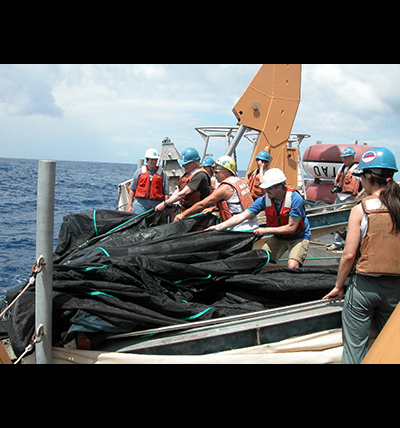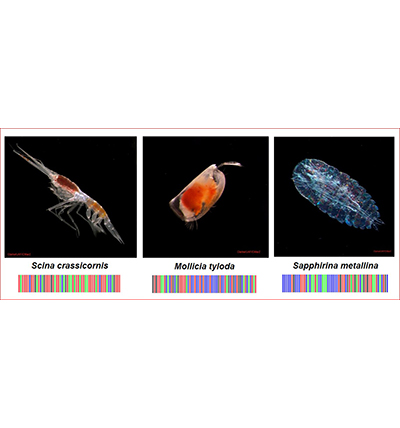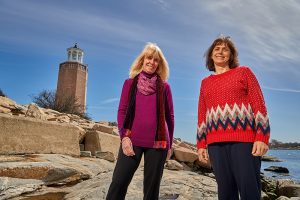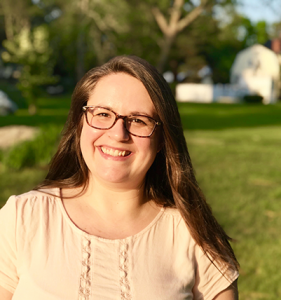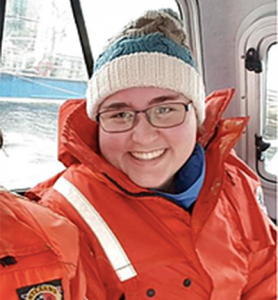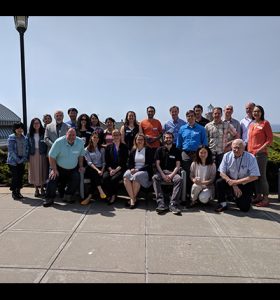The Connecticut Institute for Resilience and Climate Adaptation (CIRCA) at the University of Connecticut (UConn) recently announced a contract awarding just over $8 million to UConn from the Connecticut Department of Housing (DOH) for administration of a grant from the US Department of Housing and Urban Development (HUD) National Disaster Resilience Competition (NDR). UConn submitted a proposal to DOH in June 2017 for the project, “Development of the Connecticut Connections Coastal Resilience Plan” (C3RP).
CIRCA, with the support from faculty at the Urban Ecology and Design Laboratory of Yale University and Connecticut Department of Energy and Environmental Protection, will use this $8 million NDR award to develop the C3RP. The planning process will involve extensive public input and coordination with state agencies and regional Councils of Governments and municipalities.
Through these partnerships, CIRCA will develop a resilience planning framework and assessments, develop implementation plans, assess flood risk, evaluate adaptation options, and engage stakeholders in New Haven and Fairfield counties to address vulnerabilities to future climate change and sea level rise. The C3RP project will run through May 2022 and will extend activities from an initial 2016 award from HUD to implement pilot projects in Bridgeport. This 2016 award led to a vulnerability assessment that includes maps of flood risk and social vulnerability and a conceptual resilience framework for the Connecticut coast. More on these products can be found here: https://circa.uconn.edu/projects/safr-ndrc/. In addition to the recent $8 million award to UConn CIRCA, additional funding will go to continue the pilot projects in Bridgeport.
In their announcement of this $8 million award, HUD highlighted the priority to “extend the existing planning effort to more communities in New Haven and Fairfield Counties with the goal of providing accessible downscaled inland and coastal flooding information at the watershed scale for inland and coastal municipalities.” When referring to the C3RP specifically, HUD said the award would “support the State’s efforts to bring these approaches to other at-risk communities along the I-95 corridor by contributing to planning efforts, including economic and climate modeling.”
The mission of CIRCA is to increase the resilience and sustainability of vulnerable communities along Connecticut’s coast and inland waterways to the growing impacts of climate change on the natural, built, and human environment. To learn more about CIRCA, visit http://circa.uconn.edu
